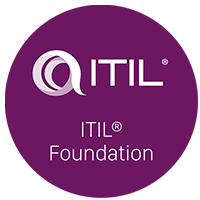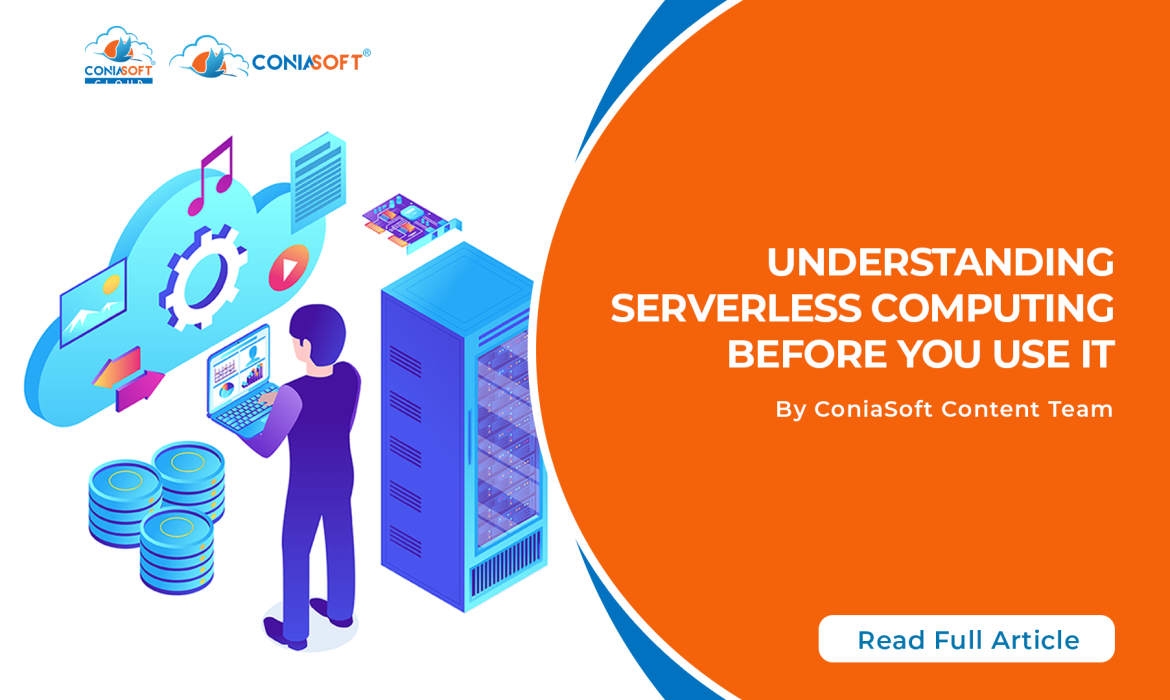I have little doubt that many of you have heard of and perhaps even used serverless computing in your projects. In this blog article, I’ll discuss ideas on serverless computing, including what it is, what you should know before utilising it, and applications for it.
Amazon deserves all the praise for Serverless Computing. With the introduction of AWS Lambda, they are the innovators who initiated the Serverless revolution. Later, several cloud companies jumped on board and launched their Serverless solutions.
Cost reduction, adaptability, and effective resource management are the driving forces behind the expansion of cloud infrastructure. In a concept known as serverless computing, or function as a service (FAAS), the cloud provider controls the container that handles service request processing. This reduces the size of the atomic unit of processing and offers another degree of abstraction to the construction of monolithic applications. Serverless computing is frequently mistaken for microservices architecture, which is a standard user interface used by customers to carry out particular operations. Developers can assemble microservices without allocating specialised resources since microservices contain functions that can use serverless architecture. Developers do not handle actual or virtual servers, hence serverless means there are no servers. In contrast to typical cloud subscriptions like PaaS, their cloud provider administers them on their behalf. Developers can run code directly in the cloud without creating or managing servers thanks to the abstraction layer that serverless provides on top of a cloud architecture.
In a serverless architecture, the cloud server is alerted by an application when a command is to be executed. This event-based architecture sets off a function that launches the server and shuts it down after the task is finished. This design is frequently used to create unique picture library web software that shows photographs on a variety of devices, such as AWS Lambda. The servers that power the Lambda operations won’t be active until the file has been processed because the code only executes when the event is triggered. This method enables efficient and reliable code execution on various devices.
Startups and established businesses should think about Serverless Computing architectures while developing applications or moving to the cloud. The main competitors are monolithic programs, while batch operations might not need separate virtual servers. Platforms for serverless computing can also be useful for image processors, video encoders, online courses, and microservices.
Compared to other PaaS subscriptions, serverless computing has reduced subscription prices, automatic function scaling to handle traffic surges and fewer concurrent users, automated management, and compatibility with microservices. AWS Lambda is used by businesses like Netflix to power their products at scale. Additionally, serverless computing makes administration more effective by doing away with the requirement to upgrade underlying software or protect operating systems. Furthermore, serverless architecture is ideal for building microservices, a well-liked method of software development whereby programmers create modular software that is more adaptable, scalable, and manageable than monolithic software.
All cloud providers, including those who offer FaaS, have difficulties in their implementation. Although all FaaS providers face similar difficulties, each vendor may have a different approach to address them, highlighting the changing demands and difficulties in the industry.
Short-lived serverless services make it challenging to foresee or set spending limits. Although some vendors provide alarm methods to define threshold limitations, regular monitoring is required to prevent unanticipated increases. Integrations with proprietary services are frequently the cause of vendor lock-in because moving code across providers can be time-consuming. Integrity testing is challenging and frequently calls either mocking or alternative functionality. The distributed architecture supports service discovery, although services are not currently discoverable. The best practice for the majority of applications is to use configuration variables, but most manufacturers do not support setting them. Major companies have begun supporting them, including AWS.
Particularly in the fields of mobile applications, games, voice-enabled applications, IoT, and the media, serverless computing has several advantages and disadvantages. Communities and vendors are collaborating to fix problems and provide new features. By eliminating worries about virtual infrastructure and allowing developers to create applications from scratch, serverless computing increases developer productivity. The advantages of Serverless Computing will become more compelling as cloud use increases, even though it is still in its early stages.

























